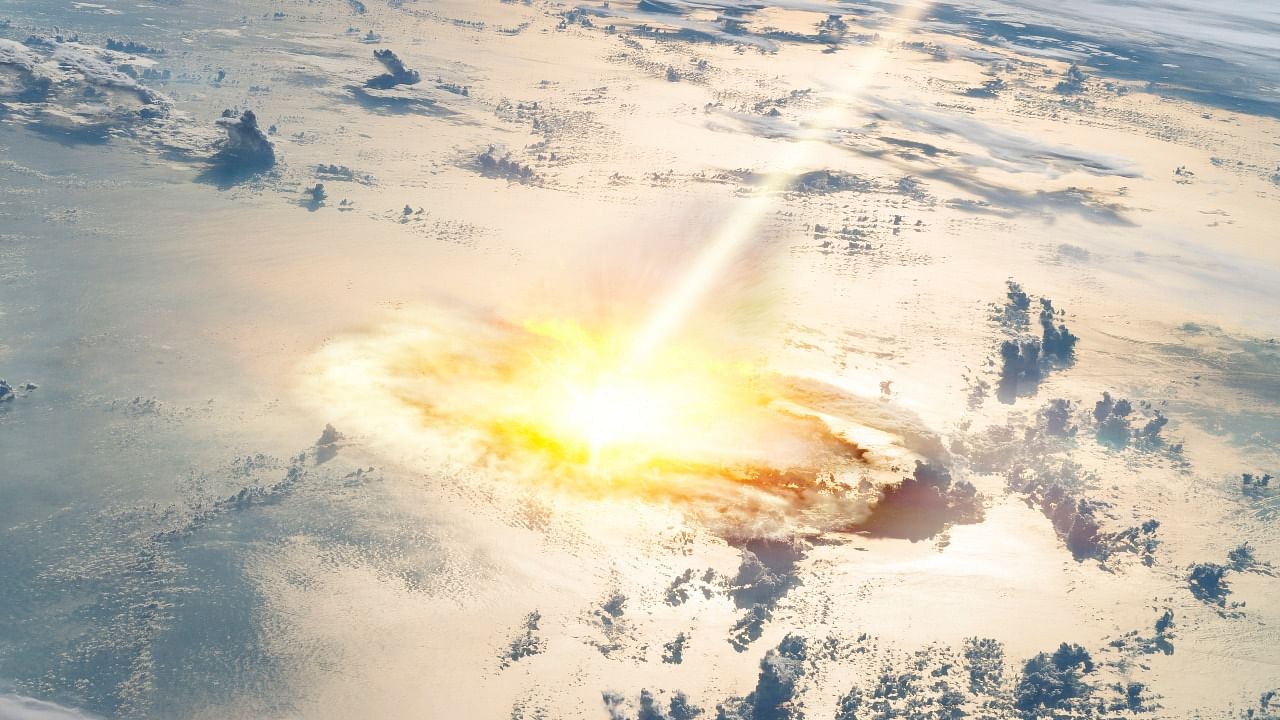
A massive meteorite that smashed into Ukraine long after the Chicxulub impact may not have had an effect on the extinction of dinosaurs, a new study has found.
For years, the Boltysh impact has been a source of debate among scientists over its role in the mass extinction of the dinosaurs, given the impact's alleged close proximity to the Chicxulub impact in the Yucatan Peninsula in Mexico.
A previous study theorised that the Boltysh impact occured some 2,000 to 5,000 years before the Chicxulub impact. But the new study, led by Annemarie E Pickersgill of the University of Glasgow, indicates that the meteorite smashed into earth a little over half a million years after Chicxulub.
The scientists used a method called argon-argon dating on rocks extracted from the Boltysh crater, comparing them with sanidine extracted from Montana, which is the stratigraphically closest dateable material to the K-Pg boundary.
“It’s the first comparison of Boltysh samples directly to K-Pg boundary samples,” Dr Pickersgill told The New York Times. “Because we analysed everything under the same experimental conditions, we could neglect a lot of the uncertainties that we would get if, say, one lab had analysed the K-Pg boundary and a different lab had analysed Boltysh.”
“The guys who did the previous work, who ended up being my collaborators, are really good scientists,” she said. “When I came up with an answer that apparently conflicted with their results, I was surprised and somewhat alarmed. But we double-checked everything and the data is what it is.”
The revised age indicates that the impact did not have a factor into the extinction of the dinosaurs, but may have interfered with the planet's post-Chicxulub recovery.
The study shows that the Boltysh impact does, however, have a close temporal association with the Lower C29n hyperthermal. "The temporal coincidence raises the possibility that even a small impact event could disrupt recovery of the Earth system from catastrophic events," the study says.